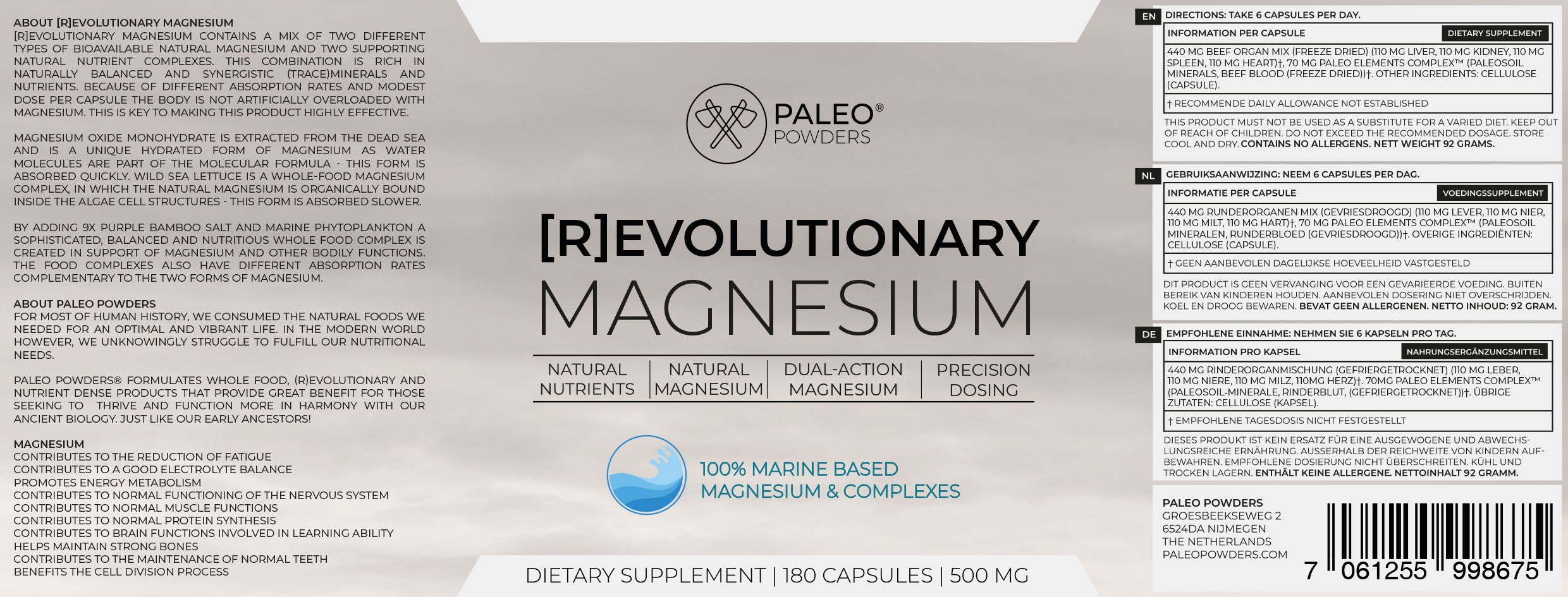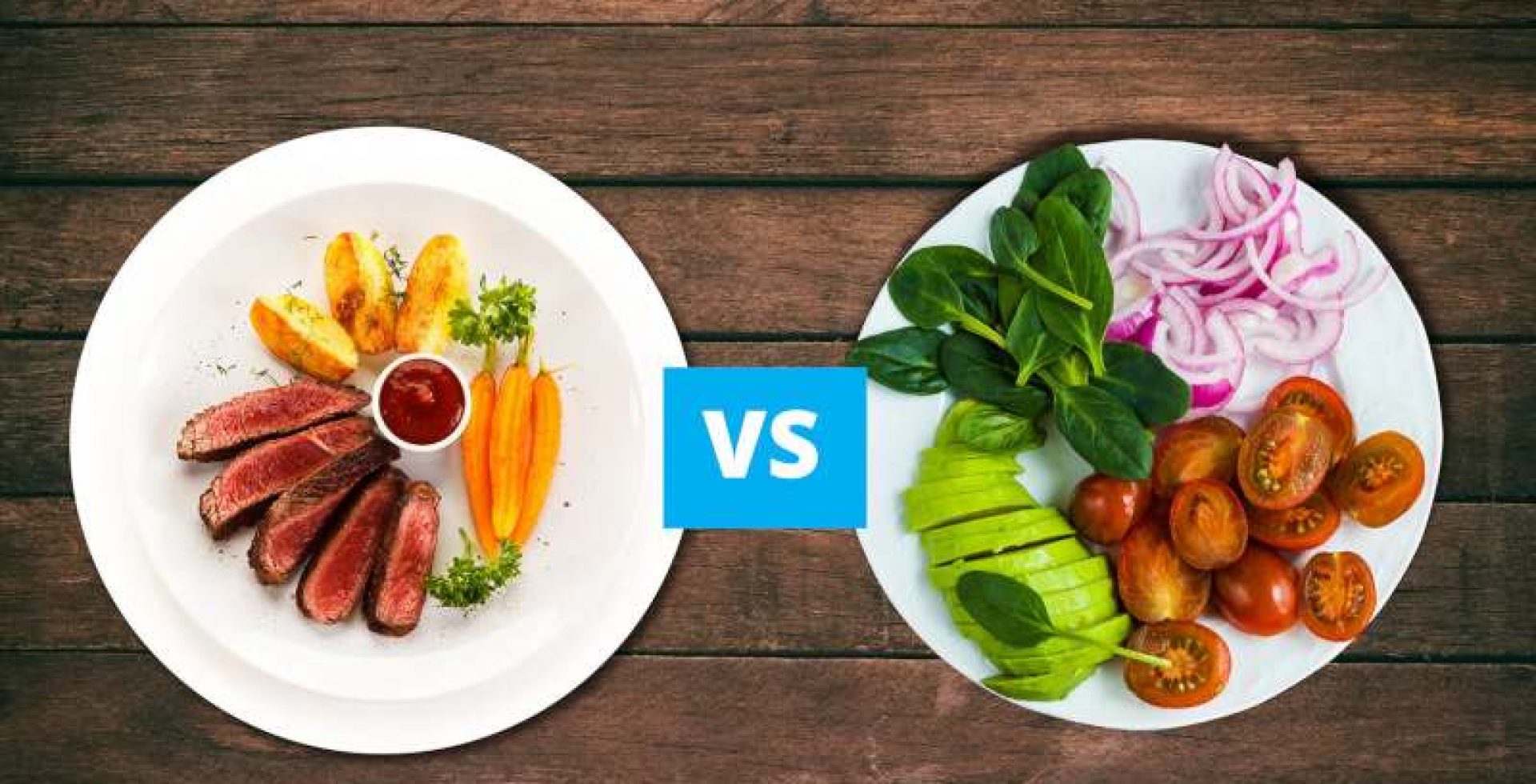
Discover the Secrets of Grass-Fed Bone Marrow
When we think of nutrition, we usually think of the usual food groups such as vegetables, fruits and meat. But there is a nutritional treasure hidden deep in the bones of animals - bone marrow. This intriguing and nutritious commodity has been an important source of nutrition and health throughout history. In this blog, we'll delve into the history of bone marrow, its unique uses across cultures, and how the ancient wisdom of indigenous peoples is still relevant to our modern health.
The History of Bone Marrow
Bone marrow and brain were probably the very first food sources that our earliest large animal ancestors consumed. The "human predation pattern" began with eating the remains in animal bones through the use of tools. Although hunting skills were developed later, eating marrow and bones was an essential part of the diet. Archaeological findings reveal that prehistoric people kept hollow bone remains in caves, indicating that bone marrow was consumed at an early stage. From the Mongolian steppes to the indigenous peoples of North America, different cultures have developed unique ways to prepare and consume bone marrow.
The Wisdom of Indigenous Cultures: Organs for Health
Indigenous peoples around the world have always had a deep connection with nature and the animals around them. This wisdom from ancient times has led them to use the entire animal - from skin to bone and from organs to meat. Organs, such as bone marrow, were seen not only as food, but also as powerful sources of health. They contain nutrients that contribute to vitality and well-being.
Bone Marrow: A Nutritional Powerhouse
Bone marrow is not only historically and culturally valuable, but it is also packed with nutrients that contribute to our health. Not only is it tasty, but it also has a remarkable nutritional profile with several key elements that all contribute to positive health effects.
The following essential nutrients are present in bone marrow:
-
Proteins: Bone marrow contains high-quality proteins that are essential for creating hormones and enzymes, as well as building and repairing tissues.
-
Healthy fats: Monounsaturated fatty acids and omega-3 fatty acids, among others, can be found in bone marrow.
-
Vitamins: Bone marrow contains vitamins A, K and E.
-
Minerals: Calcium, iron, zinc and phosphorus are important minerals in bone marrow.
-
Collagen: Bone marrow is rich in collagen, a protein that promotes the health of the skin, joints and connective tissues. Collagen increases the elasticity of the skin.
-
Glycosaminoglycans (GAGs): Bone marrow also contains GAGs, such as hyaluronic acid and chondroitin sulfate. These compounds promote the functioning of the joints.
Back to Nature
In the modern world, where processed foods and synthetic supplements seem to be the norm, it is important to return to our roots and learn from the wisdom of indigenous cultures. Eating organs like bone marrow can be a natural and nutritious way to support our health. With the comeback of holistic eating, bone and marrow consumption is becoming popular again, whether as bone broth, grilled, or even raw.
The Future of Nutrition and Health
At a time when we are becoming increasingly aware of the origins of our food and its impact on our health, incorporating traditional nutritional sources such as bone marrow is a step in the right direction. By continuing to learn from ancient cultures and embracing the benefits of bone marrow, we can live healthier and more balanced lives, while also paying tribute to our ancestors and the nature around us.
For convenience, try the Bone Marrow capsules from Paleo Powders











